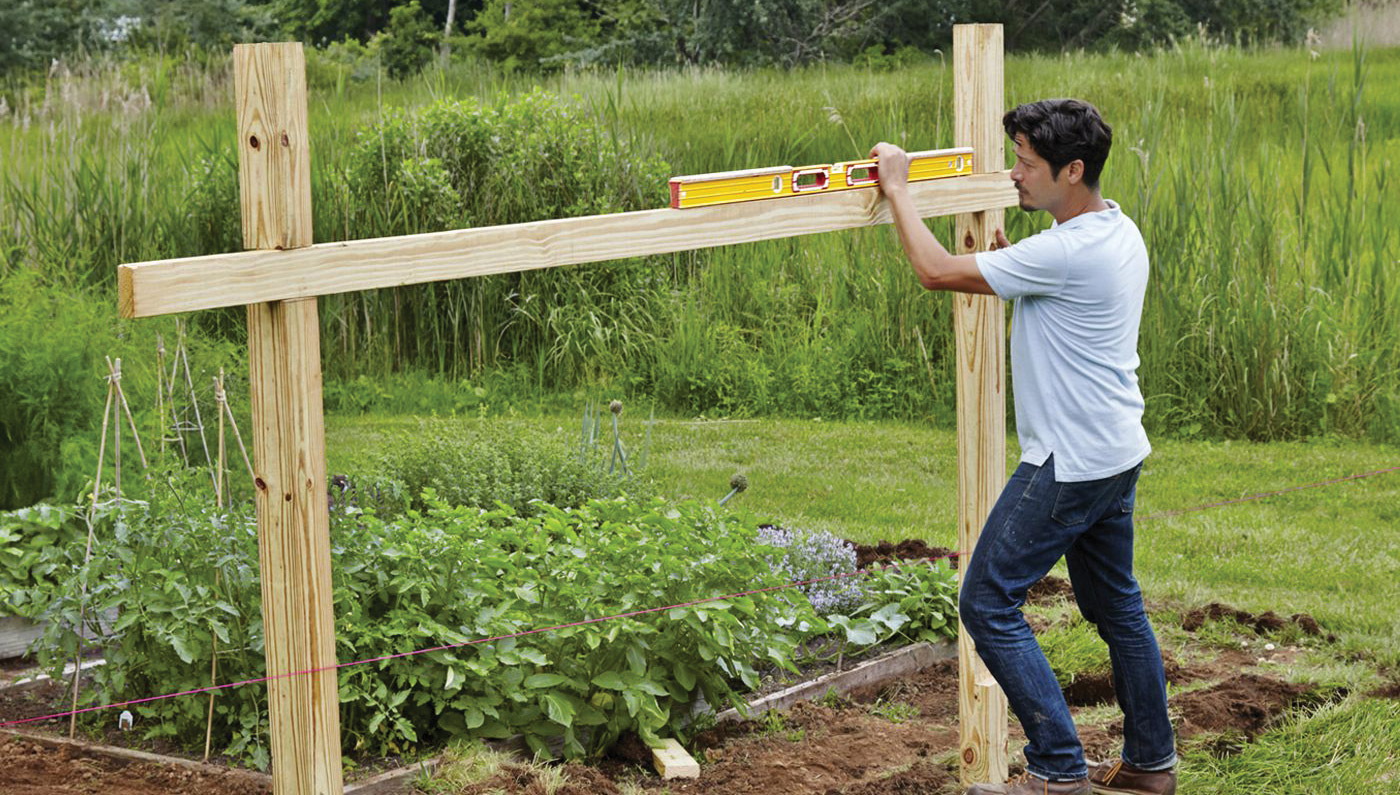We gardeners usually have the essentials covered — watering, pulling weeds, and pruning. But maybe we’re so busy that we forget to step back, to take a look. When you can see the bigger picture of your garden over time, you can spot what’s working and what isn’t, and take some steps to remedy those problematic situations. What follows are quick and easy garden fixes designed to help us do just that.
Water problems: Water can be a problem when there is either too much or too little. Be honest about what you see. Is yours a boggy, soggy patch that kills each plant you try to grow there? Or are you struggling with giving your thirsty garden enough water? If you live where water is scarce, admit it, take stock of the plants you are cultivating, and note which ones are described as drought-tolerant. Keep those, but replace the thirsty ones. For watering efficiently, cluster plants that have similar watering needs together. Check the white plastic plant stake that came with the plant for watering information. And get advice from your garden center or local master gardener if you are not sure about a plants’ requirements.

The entrance to your garden: If you feel like arriving home is an anti-climax and you would like more color in your entry planting beds to greet visitors, there is an easy solution. Start with a container you love, then find a spot near the front door for one or more good-sized pots filled with some bright, eye-catching plants. Place the plants in the pot so some are tall in the background and colorful, while others drape over front edges. Use the same sense you’d bring to play if you were redecorating your living room, and take cues from the color of the door or trim on the house. If you have steps leading up to the door, just multiply the number of planter pots so there’s one on each step. You will find the results are quick and easy to accomplish.
The scentless garden: No doubt you love the idea of perfumed air blossoming in your outdoor spaces. Remember that it’s not only the bloom of a plant that can bring fragrance, but leaves as well. As you walk through your garden, it’s so nice to be able to simply pluck some scented geranium, sage, or mint leaves for a nice whiff of Mother Nature’s perfumes. Sometimes we get distracted by other attributes when selecting plants, but the fact is that fragrance is incredibly important. And unless we actively look for it, we’ll end up with a garden that lacks this key dimension. It helps me to keep in my wallet a running shopping list of plants I want in my garden for the next time I’m at the garden center.
Messy edges: Plants do provide texture and color along pathways and the borders of patios, lawns, and terraced zones. But wind, rain, and even foraging birds quickly move mulch and debris onto the pavement. If you are spending too much time sweeping garden debris or tidying up edges after mowing, take a big breath and invest in a physical barrier between lawn and garden beds. There are many options available at your garden supply centers, from DIY edging kits to costlier paving strips. Another good alternative is using a living edging material. Planting the right plants along the edge of a path or lawn can reduce maintenance tasks. Vinca, wooly yarrow, ajuga, and many other low ground covers are happy growing right up to the edges of beds, keeping weeds down and mulch where it belongs.
Fences: Fences have many functions, such as keeping pets safe and providing privacy, but they are not necessarily attractive. Make sure you have a good space in front of the fence for an adequate planting bed. Place trees and shrubs along a curved line for a more relaxed look. Make a nice, low-effort display by selecting plants for the front that provide year-round interest.


